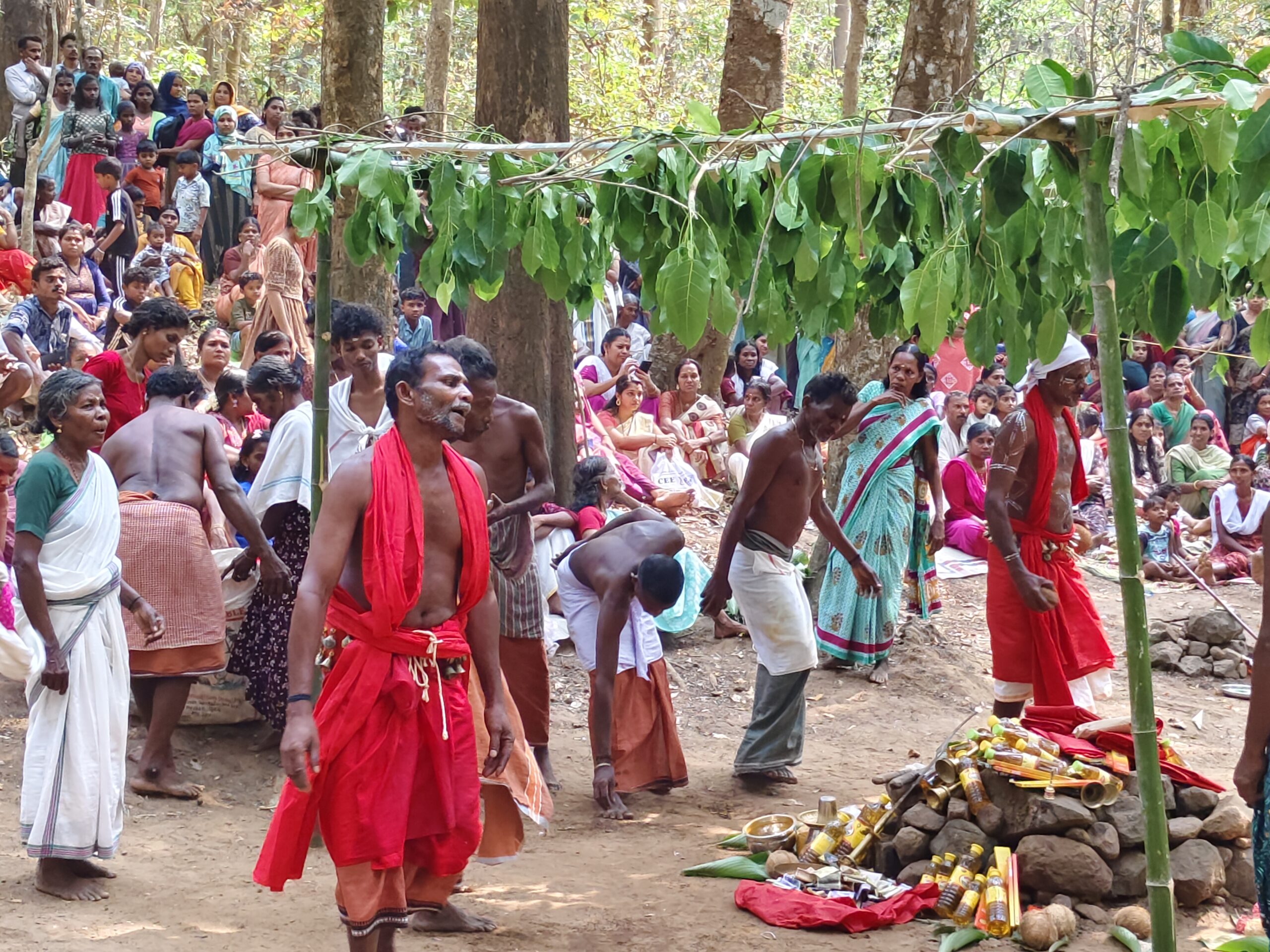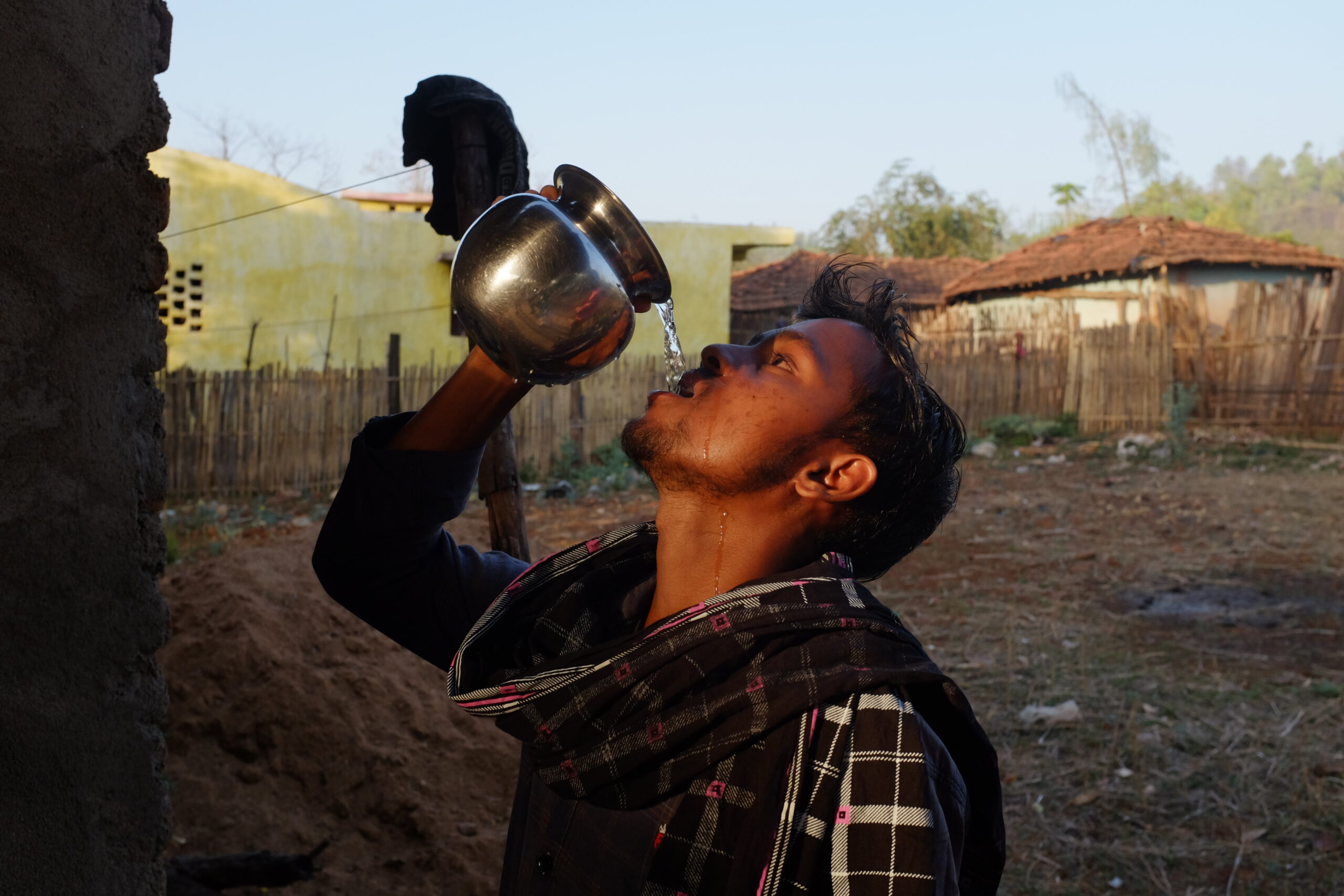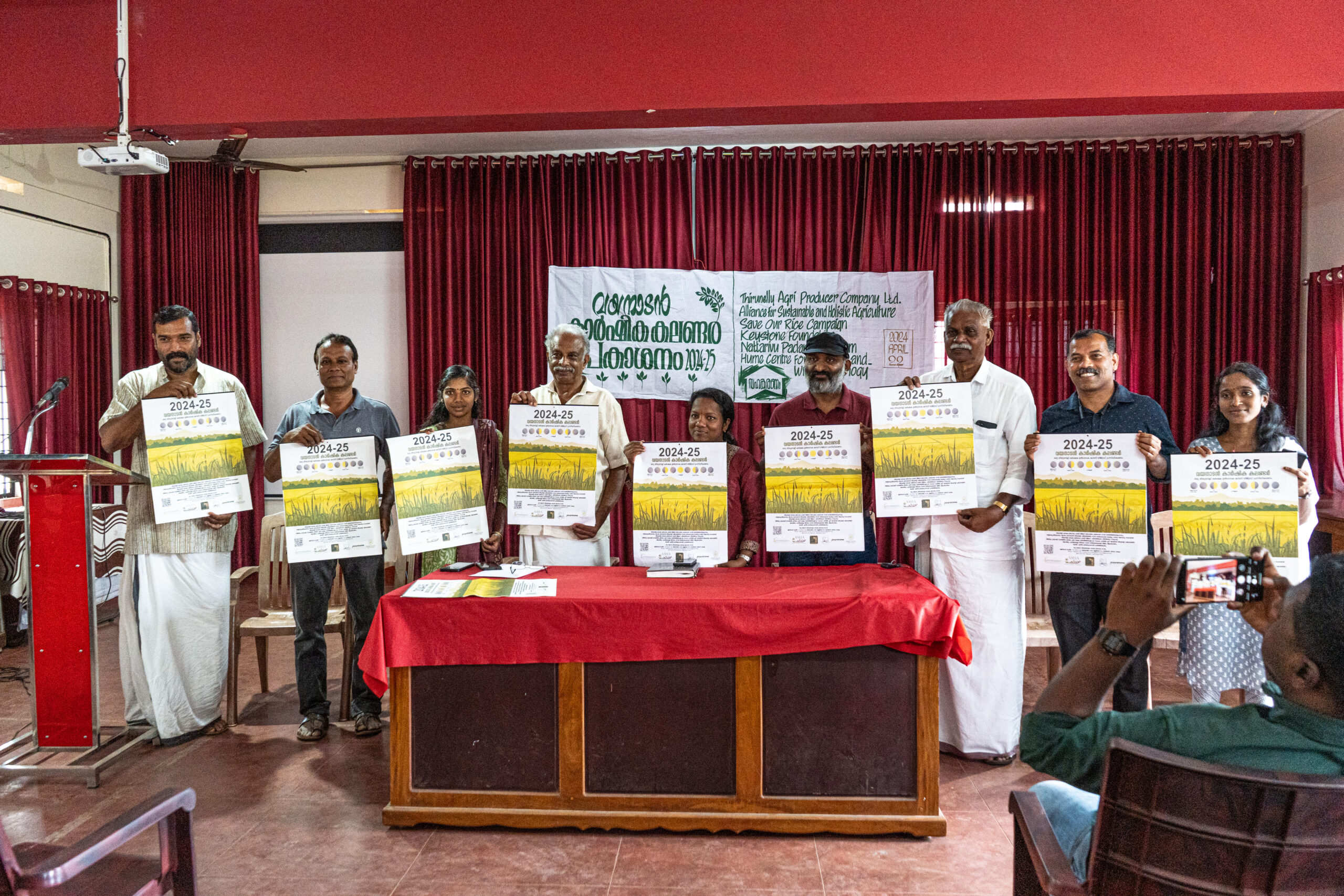December 5, 2022
By Divya Kilikar
Communications Coordinator
In November, we visited two schools that are quietly raising climate champions in Kotagiri – two of fourteen in the Nilgiris. At C.S.I. Primary School and Government High School Kannerimukku, I met some of the most inspiring educators. These are Climate Smart Schools – a project led by Keystone’s newly launched Climate Change programme, with the motive to raise responsible citizens of the future who are equipped with the knowledge and tools they need and deserve to tackle the climate crisis.
Walking into C.S.I. Primary School along with the local educators who work with us – or Climate Smart School facilitators – I was surprised to see the instant energy boost among the kids enjoying their break in the classrooms, as they began hooting and waving at the teachers. I had never seen students show such enthusiasm at the sight of their teachers!
The curriculum Keystone is working to integrate is practical and largely outdoor-based to ensure that perspectives in theory are deepened and applicable for the students. Two classes are dedicated each month to our lessons, which have thus far focused on understanding weather and food systems.
The teachers first led us to the young kitchen gardens sprouting at the back of the school – planted only in October by teachers and children together, these living patches of soil already bore the tiny, sweet berries of black nightshade, and would soon also offer organically grown fenugreek, mint leaves and several vegetables to the school canteen. The kitchen gardens provide the perfect space for children to witness the wonders of soil, and ponder how our food systems function, and what they would look like in an ideal world. The Biodiversity programme has been assisting with project implementation, setting up eco-clubs, identifying students showing keen interest and helping set up the kitchen gardens.
We were next led to the weather station installed by Keystone. The device was installed at the highest point of the school’s roof. As I watched it glisten in the sun and spin delicately, Ponnama K., one of the facilitators, explained how it worked on solar energy to calculate valuable data on wind speed and direction. Over time, we hope the weather station helps students monitor weather patterns and predict erratic climate change-induced weather events.
Ponnama’s dedication was evident and contagious – she spoke eloquently and passionately of the lessons taken so far and smiled when she spoke about her students. Having been tutoring and then teaching since she was 15, I couldn’t imagine a more fitted educator to lead a local movement for climate education in the future and inspire many more like her to follow suit.
The Climate Smart Schools project is new, and needs a lot of foundation work to be laid out – most local educators are not well-versed with concepts in climate science themselves, and are hearing many of the terms the team is bringing up for the very first time, like ‘greenhouse gas emissions’. Some kitchen gardens did fail, while some bloomed. However, these obstacles only assert the need for such a project, and tells us exactly why we began this work – that climate education is more vital than ever today, that educators must be equipped to prepare their students for an unpredictable future where innovation will surely be prioritised.
“During one of the training sessions held for the educators, we saw that some concepts had to be reiterated, and progress was slow. However, despite the challenges of the background work, when we actually began taking lessons in class, the students steadily began to respond really well,” says Madeleine Gefke, an Oberlin Shansi Fellow working on the project.
The Climate Change programme may have been (officially) launched only in October, but some of the work now overseen under its wing has been ongoing rigorously since at least a decade ago. Read about their Barefoot Ecologists project.

















